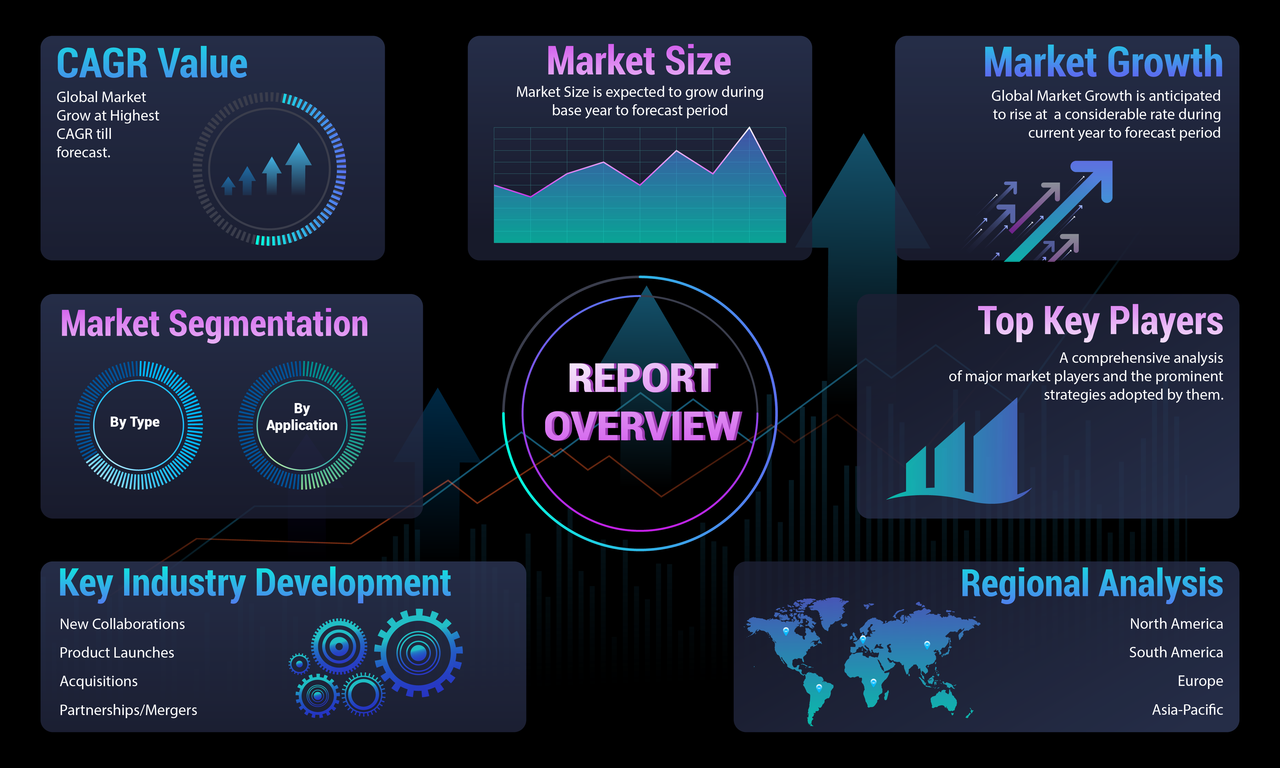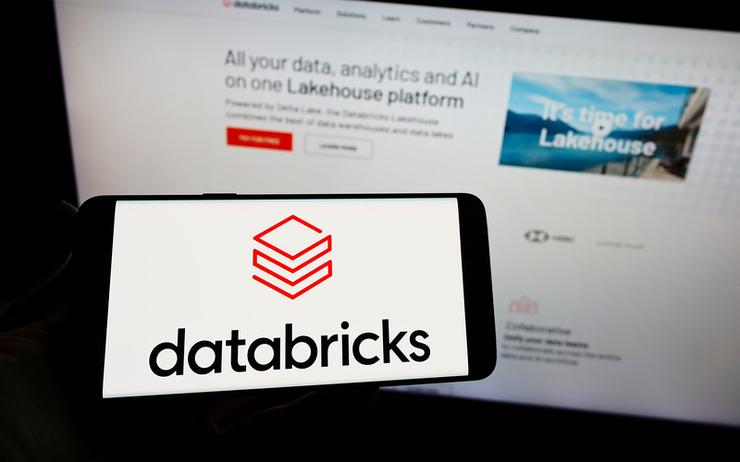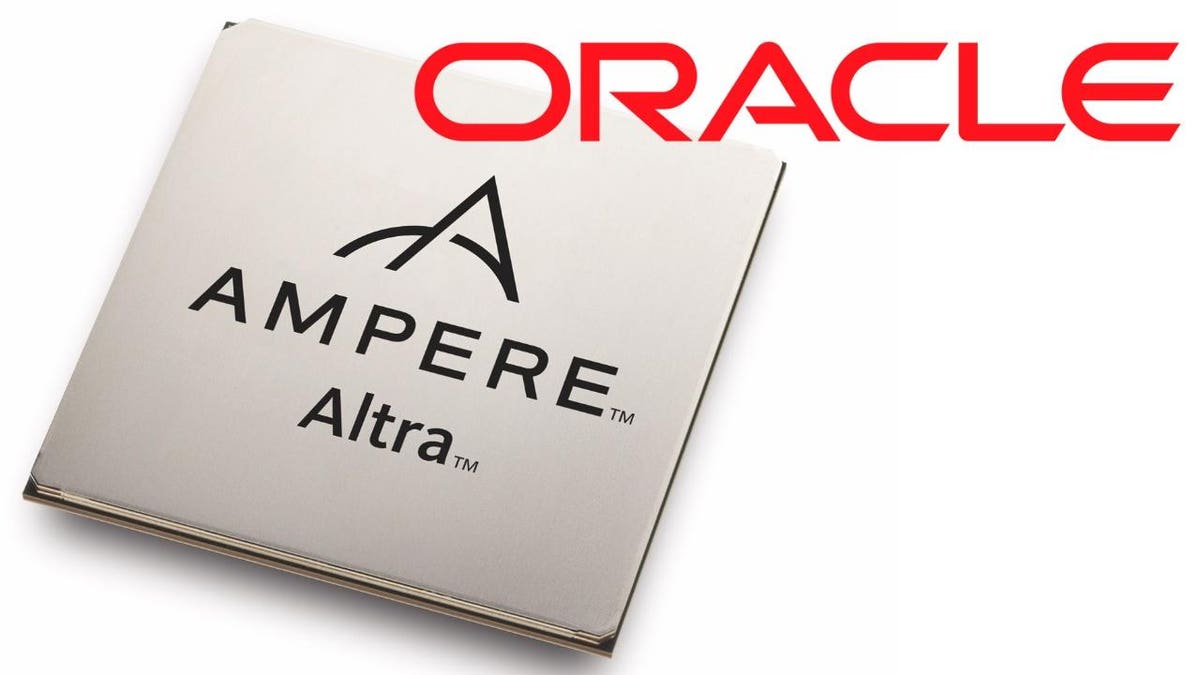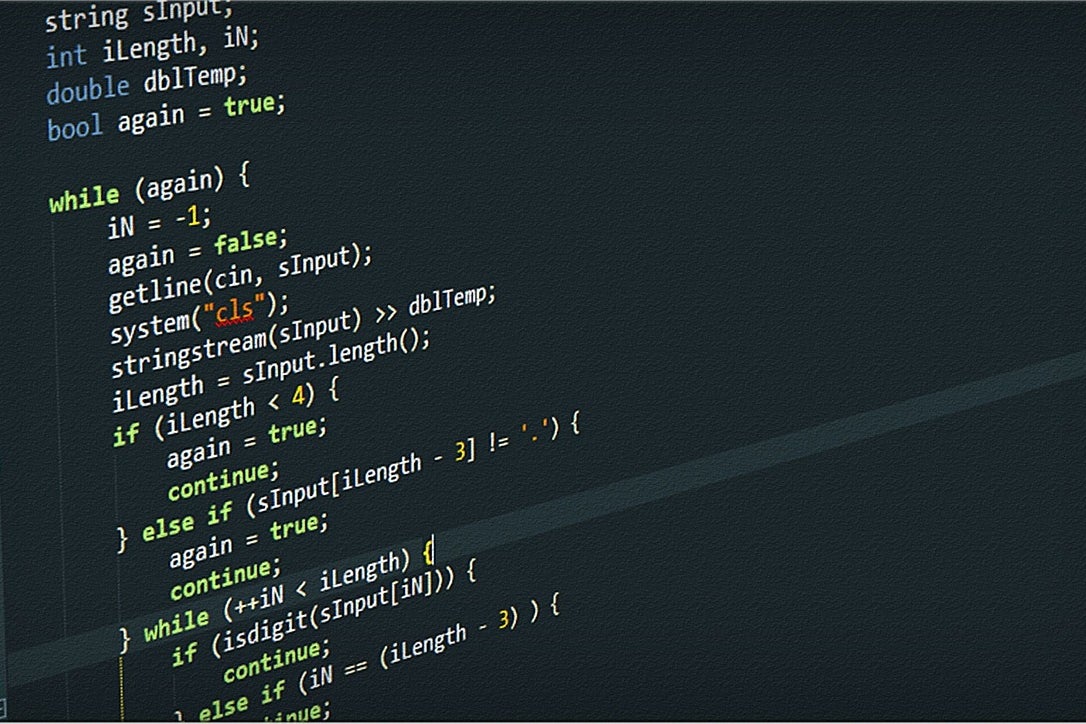Posted on nosqlgooglealerts. Visit nosqlgooglealerts
PRESS RELEASE
Published June 28, 2023
The NoSQL Market Report 2023 provides a comprehensive analysis of the industry with a focus on business strategies, major trends, and regional segments. It also includes valuable insights into the value chain analysis of key players – Microsoft Corporation, Neo Technology, Inc., MarkLogic Corporation, Aerospike, Inc., DataStax, Inc., Google LLC

“Final Report will add the analysis of the impact of COVID-19 on this industry.”
The most recent worldwide “NoSQL Market” research report for 2023-2029 provides in-depth information on the market’s current trends, demand, and most recent changes that are expected to affect the market’s growth in the coming year. This analysis covers new business development, pricing, revenue, gross margin, market size, share, and anticipated growth. It also covers emerging market strategies employed by leading rivals. The report also provides information on key market player profiles, focusing on the market’s size, segmentation, including product type (Key-Value Store, Document Databases, Column Based Stores), application (Retail, Gaming, IT), and region, competition environment, current state of affairs, and development trends.
The study also includes sales and revenue projections for the NoSQL Market for the years 2023 to 2029, broken down by region, kind, and application. Along with assessing the viability of new investment projects, the study also discusses the market environment and its development prospects for the foreseeable future and provides general research findings.
Get a sample PDF of the report at –– https://www.industryresearch.co/enquiry/request-sample/22376195
The NoSQL market research offers a thorough examination of the sector by emphasizing important elements including market drivers, constraints, and opportunities. The study also provides details on the most recent product developments, technical innovations, and business strategies used by significant market participants. It also assesses how the COVID-19 epidemic may affect the keyword market and its submarkets. By providing thorough details on the industry’s competitive environment, market trends, and future prospects, the study helps stakeholders make educated decisions.
Get a sample PDF of the NoSQL Market Report
The research industry has a number of key players who are driving innovation and growth in the sector. Some of the top players in the industry include:
- Microsoft Corporation
- Neo Technology, Inc.
- MarkLogic Corporation
- Aerospike, Inc.
- DataStax, Inc.
- Google LLC
- Amazon Web Services, Inc.
- PostgreSQL
- Couchbase, Inc.
- Objectivity, Inc.
- MongoDB, Inc.
- DDDD
These businesses have a significant market presence and provide clients in a variety of sectors with a wide range of research and analytics services. To keep ahead of the competition and satisfy changing customer expectations, they continually spend in research and development. To increase their commercial operations and obtain a competitive edge in the market, these businesses are also actively involved in mergers and acquisitions.
NoSQL Market Fragmented by Product Types:
- Key-Value Store
- Document Databases
- Column Based Stores
- Graph Database
- DDDD
Applications Covered in the Report are:
Inquire or Share Your Questions If Any Before the Purchasing This Report
https://www.industryresearch.co/enquiry/pre-order-enquiry/22376195
Key Reasons to Buy NoSQL Market Report:
- Access to reliable data: Reports are often based on extensive research and analysis, and can provide you with reliable and accurate data that you can use to make informed decisions.
- Market insights: Reports can provide you with valuable insights into specific markets, including trends, opportunities, and challenges, that can help you understand the current state of the industry and identify potential growth areas.
- Competitive intelligence: Reports can also give you information on your competitors, including their market share, strategies, and product offerings, that can help you better position your own business.
- Strategic planning: By using the data and insights provided in a report, you can develop and implement more effective strategies for your business, such as product development, market expansion, or customer acquisition.
- Time-saving: Conducting your own research can be time-consuming and resource-intensive. Buying a report can save you time and effort by providing you with a comprehensive analysis of the topic at hand.
- Cost-effective: In some cases, buying a report may be more cost-effective than conducting your own research, particularly if you consider the time and resources that would be required to gather and analyze the data yourself.
- Overall, buying a report can provide you with valuable insights, data, and analysis that can help you make informed decisions and grow your business.
To Understand How Covid-19 Impact Is Covered in This Report
https://industryresearch.co/enquiry/request-covid19/22376195
Geographically, the report includes the research on production, consumption, revenue, market share and growth rate, and forecast (2017 -2029) of the following regions:
- United States
- Europe (Germany, UK, France, Italy, Spain, Russia, Poland)
- China
- Japan
- India
- Southeast Asia (Malaysia, Singapore, Philippines, Indonesia, Thailand, Vietnam)
- Latin America (Brazil, Mexico, Colombia)
- Middle East and Africa (Saudi Arabia, United Arab Emirates, Turkey, Egypt, South Africa, Nigeria)
- Other Regions
Key Questions Answered in NoSQL Market Report:
- What is the size of the market for a particular product or service, and what are the key drivers and challenges affecting the market?
- Who are the major players in a particular industry or market, and what are their market shares, competitive strategies, and strengths and weaknesses?
- What are the current trends and future growth prospects for a particular industry or market, and what are the factors driving these trends?
- What are the regulatory and legal frameworks governing a particular industry or market, and what are the implications for businesses operating in this space?
- What are the opportunities and challenges facing businesses in a particular industry or market, and what are the key strategies and best practices for success?
- What are the key technological advancements and innovations driving growth and change in a particular industry or market?
- What are the key risks and uncertainties facing businesses in a particular industry or market, and what are the strategies for mitigating these risks?
- What are the consumer preferences and behaviors in a particular industry or market, and how are these preferences and behaviors evolving over time?
- Overall, a report should provide insights and answers to key questions that are relevant and important to the topic or industry being analyzed.
Purchase this Report (Price 3250 USD for a Single-User License) https://industryresearch.co/purchase/22376195
Detailed TOC of NoSQL Market Forecast Report 2023-2029:
1 NoSQL Market Overview
1.1 Product Overview and Scope of NoSQL
1.2 Segment by Type
1.3 Global Segment by Application
1.4 Global Market, Region Wise (2017-2022)
1.5 Global Market Size of NoSQL (2017-2029)
2 Global NoSQL Market Landscape by Player
2.1 Global NoSQL Sales and Share by Player (2017-2022)
2.2 Global Revenue and Market Share by Player (2017-2022)
2.3 Global Average Price by Player (2017-2022)
2.4 Global Gross Margin by Player (2017-2022)
2.5 Manufacturing Base Distribution, Sales Area and Product Type by Player
2.6 Market Competitive Situation and Trends
3 NoSQL Upstream and Downstream Analysis
3.1 Industrial Chain Analysis
3.2 Key Raw Materials Suppliers and Price Analysis
3.3 Key Raw Materials Supply and Demand Analysis
3.4 Manufacturing Process Analysis
3.5 Market Concentration Rate of Raw Materials
3.6 Downstream Buyers
3.7 Value Chain Status Under COVID-19
4 NoSQL Manufacturing Cost Analysis
4.1 Manufacturing Cost Structure Analysis
4.2 NoSQL Key Raw Materials Cost Analysis
4.3 Labor Cost Analysis
4.4 Energy Costs Analysis
4.5 RandD Costs Analysis
5 Market Dynamics
5.1 Drivers
5.2 Restraints and Challenges
5.3 Opportunities
5.3.1 Advances in Innovation and Technology for NoSQL
5.3.2 Increased Demand in Emerging Markets
5.4 NoSQL Industry Development Trends under COVID-19 Outbreak
5.4.1 Global COVID-19 Status Overview
5.4.2 Influence of COVID-19 Outbreak on NoSQL Industry Development
5.5 Consumer Behavior Analysis
6 Players Profiles
6.1 Company A
6.1.1 Basic Information, Manufacturing Base, Sales Area and Competitors
6.1.2 NoSQL Product Profiles, Application and Specification
6.1.3 NoSQL Market Performance (2017-2022)
6.1.4 Business Overview
6.2 Company B
6.2.1 Basic Information, Manufacturing Base, Sales Area and Competitors
6.2.2 NoSQL Product Profiles, Application and Specification
6.2.3 NoSQL Market Performance (2017-2022)
6.2.4 Business Overview
7 Global NoSQL Sales and Revenue Region Wise (2017-2022)
7.1 Global Sales and Market Share, Region Wise (2017-2022)
7.2 Global Revenue (Revenue) and Market Share, Region Wise (2017-2022)
7.3 Global Sales, Revenue, Price and Gross Margin (2017-2022)
8 Global NoSQL Sales, Revenue (Revenue), Price Trend by Type
8.1 Global Sales and Market Share by Type (2017-2022)
8.2 Global Revenue and Market Share by Type (2017-2022)
8.3 Global Price by Type (2017-2022)
8.4 Global Sales Growth Rate by Type (2017-2022)
9 Global NoSQL Market Analysis by Application
9.1 Global Consumption and Market Share by Application (2017-2022)
9.2 Global Consumption Growth Rate by Application (2017-2022)
10 Global NoSQL Market Forecast (2022-2029)
10.1 Global Sales, Revenue Forecast (2022-2029)
10.2 Global Sales and Revenue Forecast, Region Wise (2022-2029)
10.3 Global Sales, Revenue and Price Forecast by Type (2022-2029)
10.4 Global Consumption Forecast by Application (2022-2029)
10.5 NoSQL Market Forecast Under COVID-19
11 Research Findings and Conclusion
12 Appendix
12.1 Methodology
12.2 Research Data Source
For Detailed TOC – – https://industryresearch.co/TOC/22376195#TOC
Contact Us:
Contact Us:
Industry Research Co
Phone: US +14242530807
UK +44 20 3239 8187
Email: [email protected]
Web: https://www.industryresearch.co
Our Other Reports:
Acoustic Damping Tiles Market
Dothiepin Market
Chalcolite Market
Cloud Electronic Design Automation(Eda) Market
Contemporary Outdoor Chairs Market
Automotive High Performance Torque Converters Market
Environmental Thin Film Market
Special Silica Market
Global Bismuth Hydroxide Market
Global Generator in Healthcare Market
2-Ethylhexanoic Acid (Cas 149-57-5) Market
Thrust Ball Bearings Market
Pressure Sensitive Label Adhesives Market
Home Warranty Service Market
Instrumentation Tubing Market
Vitamin A Acetate Market
Neon Transformers Market
Global BOPP Tapes Market
IoT Chemical Sensor Market
Emergency Exit Sign Market
Virtual Private Cloud Market
Capsule Smart Projectors Market
Color Microprinting Market
Cosmetic Chemicals Market
Turnlock Fastener Market
Grease Fittings Market
Electronic Patient Reported Outcomes Market
Biodegradable Packing Peanuts Market
Cerebral Oximeters Market
Gas Mixing Equipment Market
Solid-Liquid Separation Equipment Market
Power Terminal Blocks Market
Mid-IR Lasers Market
Beta Blockers Market
Wi-Fi Analytics Market
Cigarette Packaging Printing Market
Hydraulic Nut Splitter Market
Ebselen Market
N-Methyldiethanolamine Market
Global Blood Product Market
Press Release Distributed by The Express Wire
To view the original version on The Express Wire visit NoSQL Market Share and Growth Estimates 2023 | Latest Technologies and Future Trends Forecast by 2029
TheExpressWire











